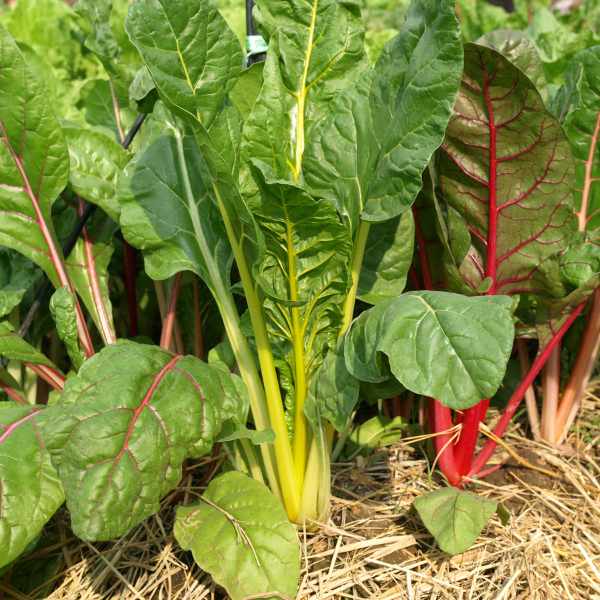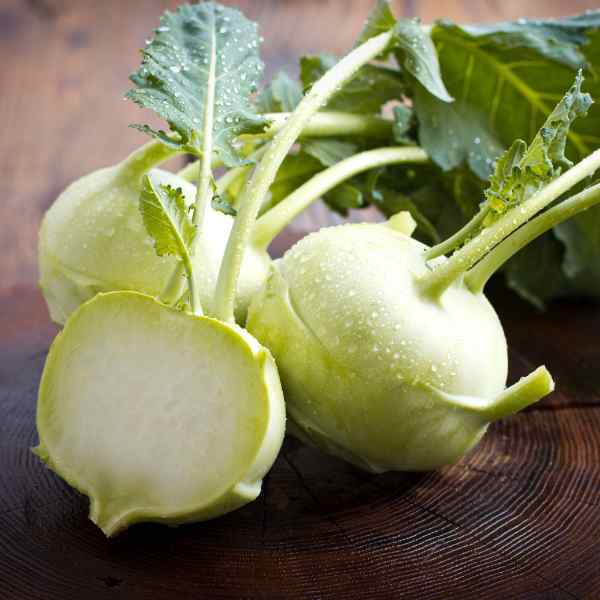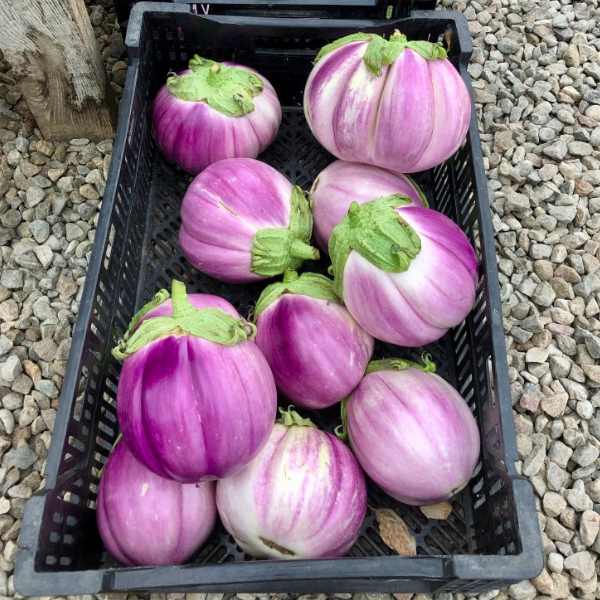Spotlight on Radish

Radish history
The humble radish may not be the star of every vegetable garden, but its unique characteristics and historical significance make it a fascinating topic of exploration. The word “radish” itself has roots in the Latin term “radix,” which translates to “root.” The root can be round, tapering or cylindrical.
Radishes are renowned for their crisp texture and sweet flavour, making them a delightful addition to salads and other dishes. However, it’s worth noting that many varieties offer a spicy kick, appealing to the palate of those who enjoy a bit of heat. This versatility ensures that there’s a radish for everyone, whether you prefer the mild sweetness of a red globe radish or the fiery punch of a black radish.
While we lack definitive archaeological evidence pinpointing the exact moment radishes were first cultivated, the earliest written references date back to the 3rd century BC in Greek and Roman texts. These ancient civilizations appreciated not just the flavour of radishes but also their nutritional value, incorporating them into their diets alongside other root vegetables.
Fast forward to the present day, and radishes continue to hold a special place in different cultures. One particularly unique celebration takes place on December 23rd in Oaxaca, Mexico, known as “The Night of the Radishes.” At this vibrant festival features skilled artisans carve radishes into intricate shapes and figures, creating stunning displays that attract visitors from far and wide.
Interestingly, radishes have also played a role in the labour history of ancient Egypt. It is said that laborers who constructed the magnificent pyramids were compensated with staples like onions, garlic, and radishes, showcasing how essential these root vegetables were in ancient economies.
A couple of fun facts are that December 23rd in Oaxaca, in Mexico, is known as “The Night of the Radishes” – a festival when people carve radishes in different shapes. And labourers who built pyramids in the ancient Egypt were paid in onions, garlic and radishes.
How to use radish
What summer salad is complete without a small, round radish? They bring colour, texture and an unmistakable spicy, peppery flavour. Use the bigger, more cylindrical shaped radishes in stews, soups or roasts.
Here’s a lovely radish recipe that is suitable for winter – Roasted Radishes.
They’re perfect with salmon, or as a side dish to roast meats or tossed into warm salads.
- Wash 2 small bunches of radishes, remove the greens, and slice in half.
- Toss with a tablespoon of olive oil, 1 grated garlic clove, and a teaspoon of salt.
- Roast 16 to 20 minutes.
When they come out of the oven, the roasted radishes should be fork tender all the way through.
How to grow radish
Choose a sunny spot with well-drained soil. Spread blood and bone, which has good phosphorus levels over the area and dig in well. Sowing seeds directly is the best method. Lightly cover the seeds and water in well. After seven days, seedlings will emerge. Thin them to 5cm spacing. Sow seeds every 3–4 weeks for continuous supply.
How to care for radishes
Water regularly to keep the soil evenly moist. If the soil dries out, this can cause issues with splitting or premature flowering (bolting). Once a plant bolts, the roots become woody and bitter. Fertiliser isn’t required, but you can help boost growth by applying an organic liquid fertiliser weekly or fortnightly.
Harvesting radish
Pick leaves as salad greens in as little as a few weeks but take care not to harvest too much from a single plant as this can impact the growth of the root. To be ready to eat, smaller radish types don’t need more than a month to grow while the larger varieties need several months.






